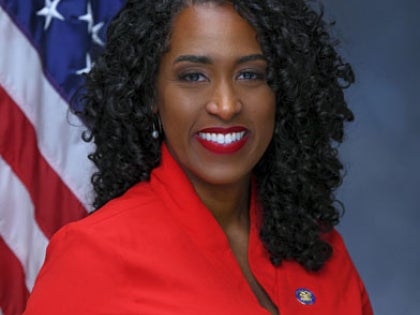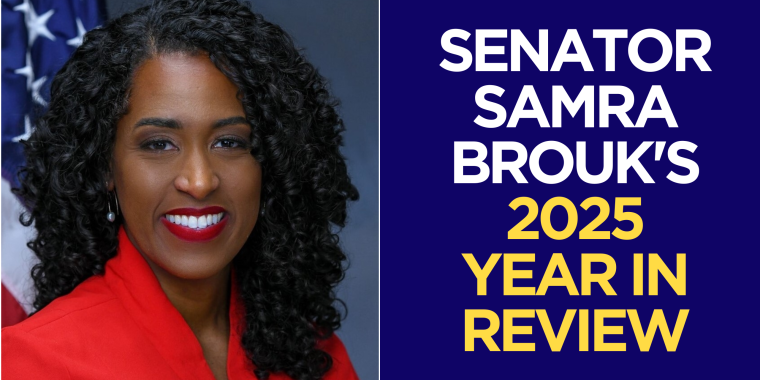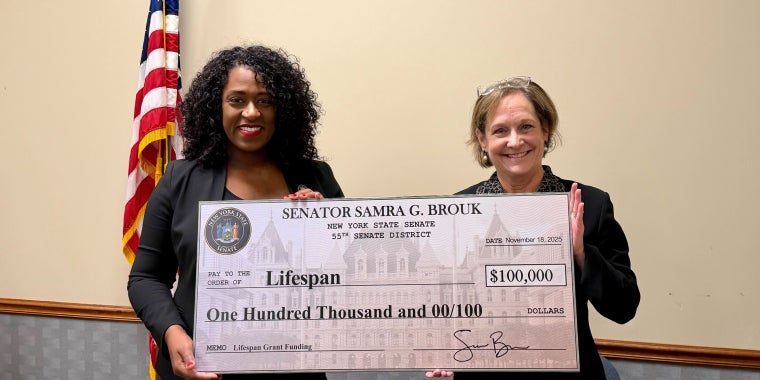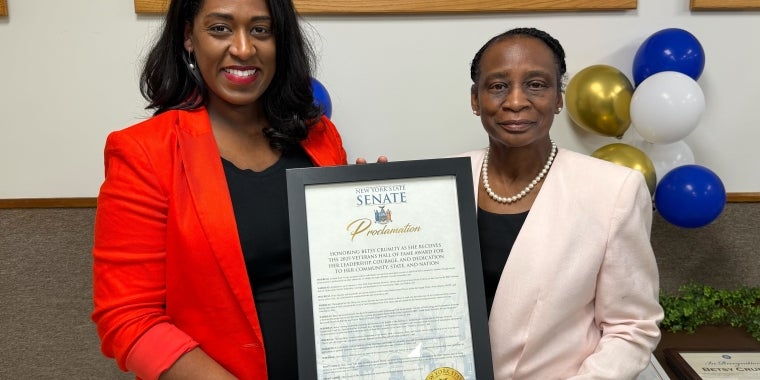
Brouk rolls out doula care proposals
State Sen. Samra Brouk has made expanding doula care a top priority of hers in the Legislature, and her office has now released a report that includes recommendations for next steps that state can take to do just that. In a report with findings from a March 7 hearing on maternal health outcomes and doula care, Brouk repeated the call to increase Medicaid reimbursement rates for doulas, and recommended creating a revenue stream for community doula organizations and allowing doulas higher levels of access in hospital settings.
At the heart of the issue surrounding doulas, who are nonclinical professionals providing guidance during and after pregnancy, is the high maternal mortality rate in the United States, and New York itself. The rates of mothers dying from pregnancy and childbirth complications are high compared to other wealthy countries, but they are even higher for Black women. In New York, Black women are five times more likely to die in childbirth compared to white mothers.
Even before the March hearing, Brouk has championed expanding doula care and improving maternal outcomes. For her, the issue is personal. “I am a black mother, and only the second person in New York history to give birth while sitting in the Senate,” Brouk, who gave birth last year, told City & State. “And I've also personally seen what doulas can do.”
Advocates for doula care like Brouk point to research that shows the presence of doulas improves childbirth outcomes, particularly for those providing culturally competent care to expectant mothers of color. “Access to doula care can improve communication between low-income birthing people and their healthcare providers and staff,” the report reads. “Correspondingly, it can lessen outcomes of bias and racial injustices.”
In order to increase access to doula care, the report reiterates a call to increase Medicaid reimbursement rates to $1,930, which would cover eight pre- and post-natal visits as well as delivery support. The state Senate included the increase in its one-house budget proposal in March, but the specific dollar amount did not make it into the final budget. The spending plan did, however, include additional funding for Medicaid coverage of preventative care, which included a higher reimbursement rate for doulas. The state Department of Health has been holding virtual town halls with doula care stakeholders in order to develop the services benefit before implementing it. “I think we're moving in the right direction – but we can't lose sight of the overall goal, and that's why we can't stop this work,” Brouk said. “And the overall goal at the end of the day is to save moms and their babies.”
The report also says the state must establish an ongoing funding mechanism for community doula organizations outside of just increasing Medicaid reimbursement rates to aid in recruitment and training of caregivers. “Without adequate state support and funding, community doula organizations will be unable to effectively implement programs that will truly make Medicaid doula services available to the most vulnerable people in our state,” the report reads. This goes hand-in-hand with another recommendation calling for greater collaboration between state agencies, doulas and training programs. One example the report gives is to begin collecting data on ease of access to care in different parts of the state.
The final recommendation from the report was to elevate doulas above “visitor” status in hospitals and medical facilities in order to better integrate them into patient care.
The state has made some headway in improving access to doula care after both chambers passed legislation to create a statewide community doula directory of organizations that serve Medicaid patients. The bill has not yet been sent to the governor’s desk for her signature, but she is expected to sign the legislation.



